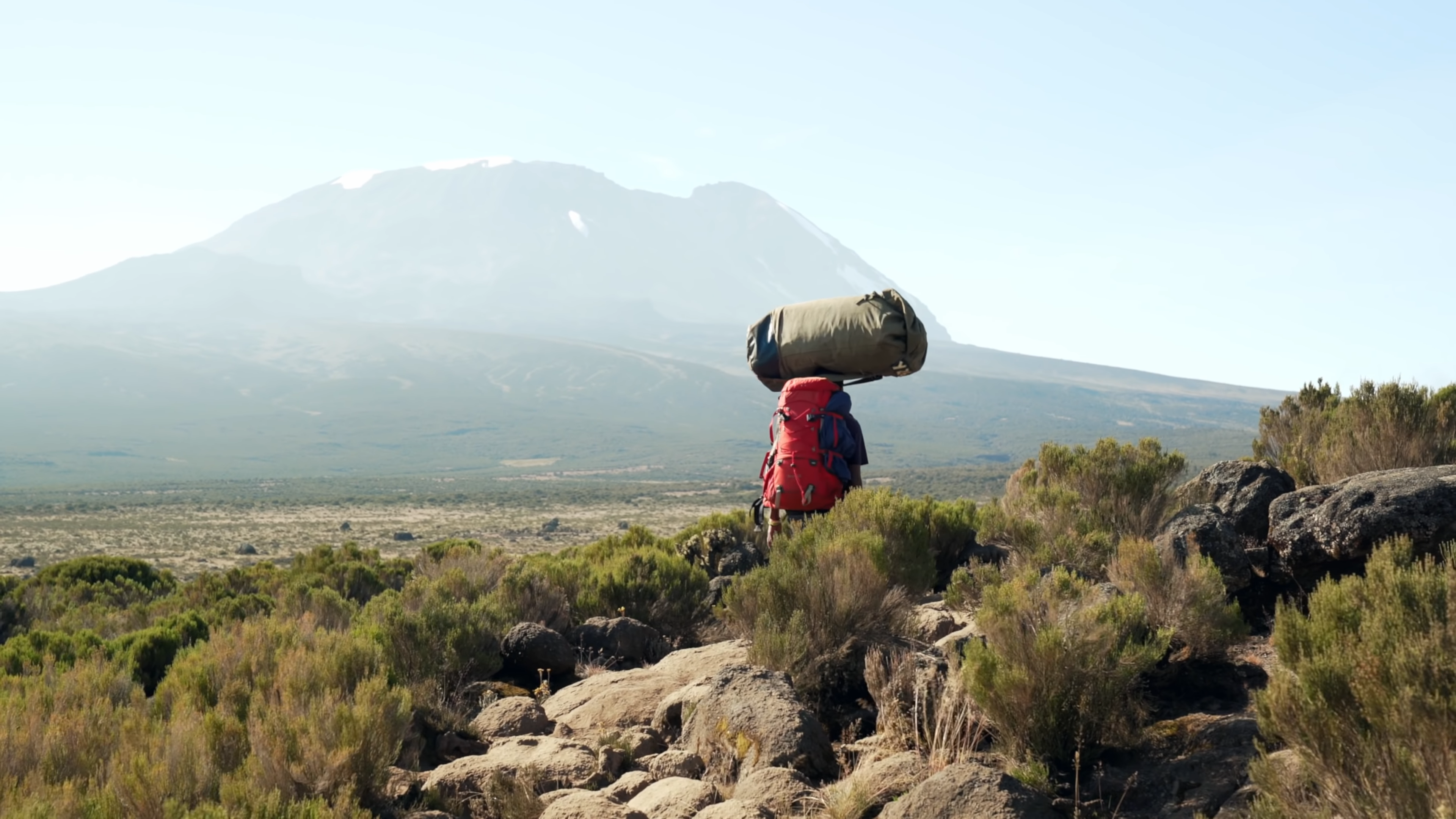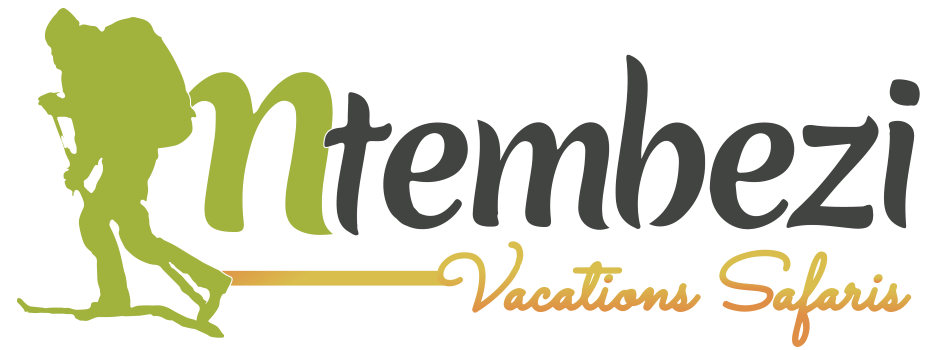Climb Kilimanjaro Solo: Top Guide, Best Practices and Summit Tips
Climbing Kilimanjaro solo isn’t just about conquering Africa’s highest peak, but also about self-discovery and resilience. The raw beauty of the mountain, combined with the solitude, transforms your trek into a deeply personal experience. Whether you’re seeking introspection or an unforgettable adventure, tackling Kilimanjaro on your own offers freedom in every sense. Ready to take on the challenge? Dont wait getting to our expert for planning.
Pros and Cons of Solo Kilimanjaro Hiking
Pros:
- Self-Discovery: Solo trekking encourages self-reflection, allowing climbers to test their limits and grow personally.
- Complete Freedom: Set your own pace, make independent decisions, and truly immerse yourself in the climb without group dynamics.
- Cultural Connection: Solo travelers often form close bonds with local guides and porters, gaining deeper insights into Tanzania’s culture.
Cons:
- Safety Concerns: Without the safety net of a group, solo climbers need to be extra vigilant, especially in emergencies.
- Loneliness: Some sections of the trek can feel isolating, especially during longer hikes.
- Cost: Solo climbs may be more expensive than group packages, as services like guides and porters are exclusive to you.
Risks of Solo Climbing
We can expand on the risks of altitude sickness by stressing that Kilimanjaro’s height, at 19,341 feet, places it in the “very high altitude” category. This increases the risk of altitude sickness, including vomiting, headaches, and even death, which unfortunately claims 1-10 lives annually depending on various reports. Mentioning the fact that there is no technical expertise needed to climb Kilimanjaro could encourage beginners but emphasize that altitude risks are real and can escalate quickly.
Comprehensive Guide for Kilimanjaro Solo Travelers
When climbing Kilimanjaro solo, planning is essential. Here are key considerations:
1. Fitness Preparation:
Climbing Kilimanjaro is like running a marathon at high altitudes. Train for endurance by incorporating hikes, cycling, and aerobic exercises into your routine. Practice with group hikes or solo walks to simulate the mountain conditions.
2. Weather Readiness:
Kilimanjaro’s weather can be unpredictable, ranging from hot, tropical conditions at the base to freezing temperatures at the summit. Pack moisture-wicking clothes, thermal layers, and waterproof gear to tackle the climate changes.
3. Equipment:
Good gear is crucial for success. Choose sturdy, well-fitted hiking boots, reliable trekking poles, and a versatile sleeping bag. Download our Kilimanjaro Gear List to make sure you’re prepared for every eventuality.
4. Acclimatization:
Altitude sickness is a major risk above 2,500 meters. Plan extra acclimatization days and choose slower routes like Marangu or Lemosho to help your body adjust to the increasing altitude.
Importance of Preparation for Solo Climbers
Incorporate more detailed preparation tips:
- Training: Focus on cardiovascular fitness through hiking, swimming, or running. Regularly hiking with a backpack before the climb will help mimic conditions on the mountain and reduce the risk of altitude sickness.
- Use of Diamox: Mention Diamox as a common remedy to reduce the effects of altitude sickness. This is especially relevant for solo climbers, who may not have group support during the climb.
Choosing the Best Route for Solo Climbers
Kilimanjaro offers several routes, each with its own challenges and rewards. Here are some of the top routes for solo trekkers:
- Marangu Route: Known as the “Coca-Cola” route, this is the easiest and most popular path, ideal for solo travelers looking for a less strenuous climb.
- Machame Route: For those who seek a more scenic, challenging adventure, Machame (or “Whiskey Route”) offers stunning views but requires greater physical stamina.
- Lemosho Route: A great option for climbers seeking a balance between solitude and challenge, Lemosho takes you through lush rainforests and provides ample acclimatization time.
Kilimanjaro Packing List for Solo Travelers
Packing right ensures a smooth trek. Essentials include:
- Clothing: Waterproof jacket, insulated layers, hiking pants.
- Headgear: Wide-brimmed hat, face buff.
- Footwear: Waterproof hiking boots, wool socks, gaiters.
- Hiking Gear: Trekking poles, sleeping bag, headlamp. Download the full Kilimanjaro Packing Checklist to avoid any last-minute packing mistakes.
Safety Considerations for Solo Travelers
To Climb Kilimanjaro solo one requires heightened safety measures. Here are some crucial tips:
- Hire a Guide: While not mandatory, a guide ensures your safety, provides valuable insights, and assists in emergencies.
- Stay Hydrated: Dehydration can worsen altitude sickness, so carry a water filtration system and refill as needed.
- Emergency Procedures: Familiarize yourself with rescue protocols, and carry a personal first-aid kit.
Cost Breakdown for Solo Kilimanjaro Climbs
The cost of a solo Kilimanjaro climb varies based on several factors like route selection, season, and the inclusion of services like personal porters. We offer a range of Kilimanjaro Climbing Packages tailored to solo adventurers. Explore our options and find the one that best suits your needs.
Private vs Group Climb Considerations
Elaborate on the choice between private vs group treks:
- Private Climbs: These offer flexibility in pace and schedule, with customizable itineraries. However, the drawback is that private treks are more expensive, and there’s a possibility of feeling lonely.
- Group Climbs: While group tours might reduce costs, solo climbers may have to adjust to others’ pace and won’t enjoy the same privacy or flexibility. Highlight the camaraderie and mutual motivation found in group climbs.
Safety for Female Solo Travellers
Emphasize that female solo travellers can feel assured about their safety. Mention how trekking companies like Jerry Tanzania Tours offer fully guided tours and prioritize safety for all climbers, especially women.
Kilimanjaro Success Rates for Solo Climbers
Expand on the Kilimanjaro success rates. Solo climbs generally offer a higher success rate, especially if professionally guided, due to personalized support. However, group climbs can still boast a high success rate (up to 95%), often due to the motivation that comes from being part of a team.
Are You Ready for the Challenge?
Climbing Kilimanjaro solo is a thrilling, life-changing adventure. With the right preparation, gear, and mindset, you can reach the summit and create unforgettable memories. Ready to embark on this incredible journey? Check out our Solo Climber Packages today and take the first step toward the roof of Africa!
Climb Mount Kilimanjaro Solo FAQs
Is it safe to climb Kilimanjaro solo?
Yes, it’s possible to climb Kilimanjaro solo, but safety can be a concern. Risks such as altitude sickness, unpredictable weather, and physical strain are higher when climbing alone. Hiring a certified guide ensures better safety, as they can assist in emergencies and help you navigate the terrain.
What are the main risks of climbing Kilimanjaro solo?
The main risks of climbing Kilimanjaro solo include altitude sickness, harsh weather, and the physical demands of the trek. Without group support, solo climbers face isolation, which can complicate emergencies. Proper preparation, such as acclimatization and fitness training, helps reduce these risks.
What are the benefits of climbing Kilimanjaro solo?
Climbing Kilimanjaro solo offers flexibility in setting your pace and customizing your itinerary. It also allows for a personal, reflective journey. Solo climbers can adjust their schedule without needing to accommodate group preferences, making it a more tailored experience.
How much does it cost to climb Kilimanjaro solo?
Climbing Kilimanjaro solo typically costs more than group climbs due to single supplements for accommodation and guide services. However, costs can be minimized by joining a group climb, where expenses are shared among climbers. On average, solo climbs range from $2,000 to $6,000, depending on the route and services.
What is the success rate for solo Kilimanjaro climbers?
Solo Kilimanjaro climbs have varying success rates, but private treks often have higher rates due to personalized attention from guides. While there’s no specific data comparing solo vs. group success, overall success rates for Kilimanjaro climbs hover around 90-95%, especially with proper acclimatization and preparation.

